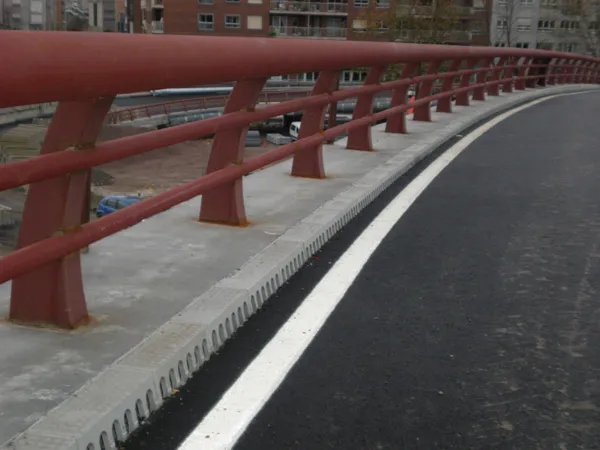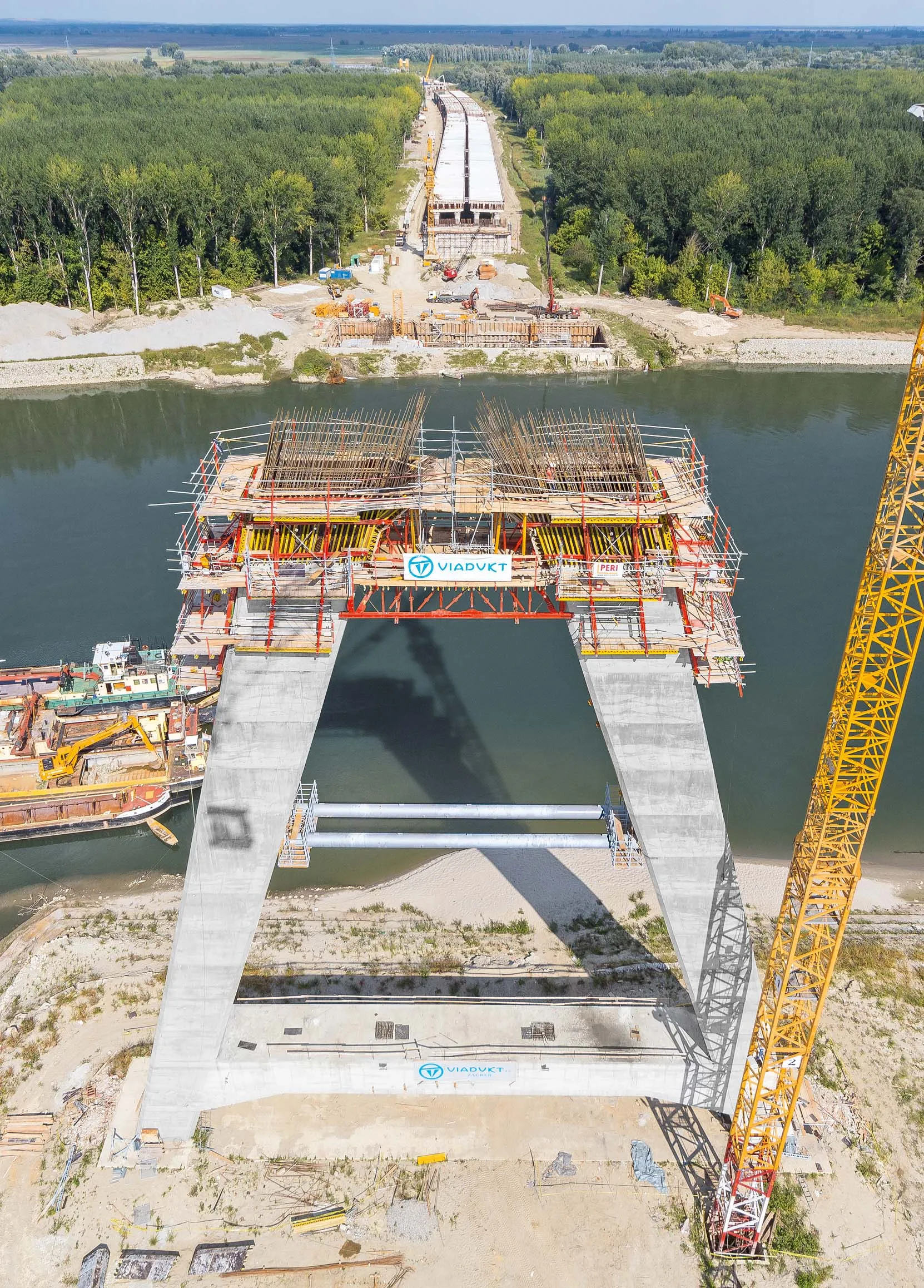Delays to the project to construct Chile’s Chacao Bridge mean that an additional two years may be required for the work. The work is now being carried out solely by a consortium, Consorcio Puente Chacao, headed by the South Korean contractor
A suspension bridge design was selected for the link as it was thought to be best able to cope with the extremes of weather, as well as the massive earthquakes that can occur in the area. At 2.75km long, this will be South America’s longest suspension bridge once complete, with main spans of 1,055 and 1,155m. According to Hyundai, progress is being achieved on the project and the design for the south pillar is now complete.
Once the bridge is complete it will help to redevelop the economy of Chiloe Island. At present the inhabitants rely on a ferry service however the new bridge will speed transport and reduce journey times, boosting the economy and also helping to develop tourism.
The bridge has been discussed for some years. An earlier plan for the project was cancelled over concerns about its costs. However the current project was commissioned as the suspension bridge configuration offered considerable cost benefits over the previous design, while delivering the expected connectivity to the island.
Chilean bridge project to Chiloe Island delayed
Delays to the project to construct Chile’s Chacao Bridge mean that an additional two years may be required for the work. The work is now being carried out solely by a consortium, Consorcio Puente Chacao, headed by the South Korean contractor Hyundai.
October 31, 2018
Read time: 2 mins








